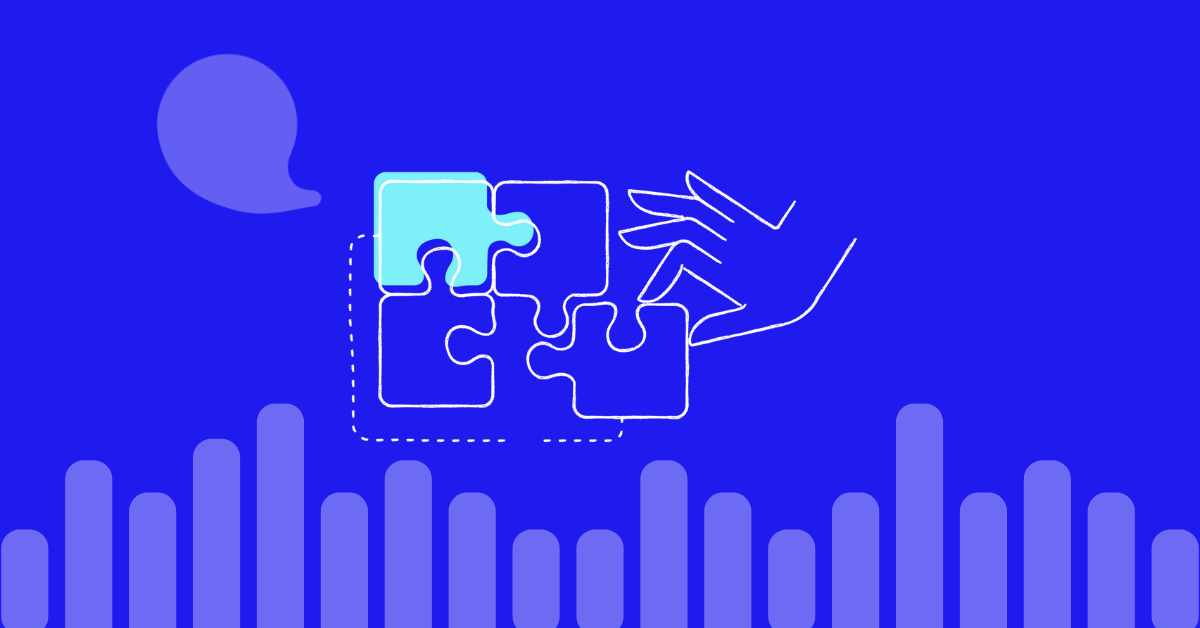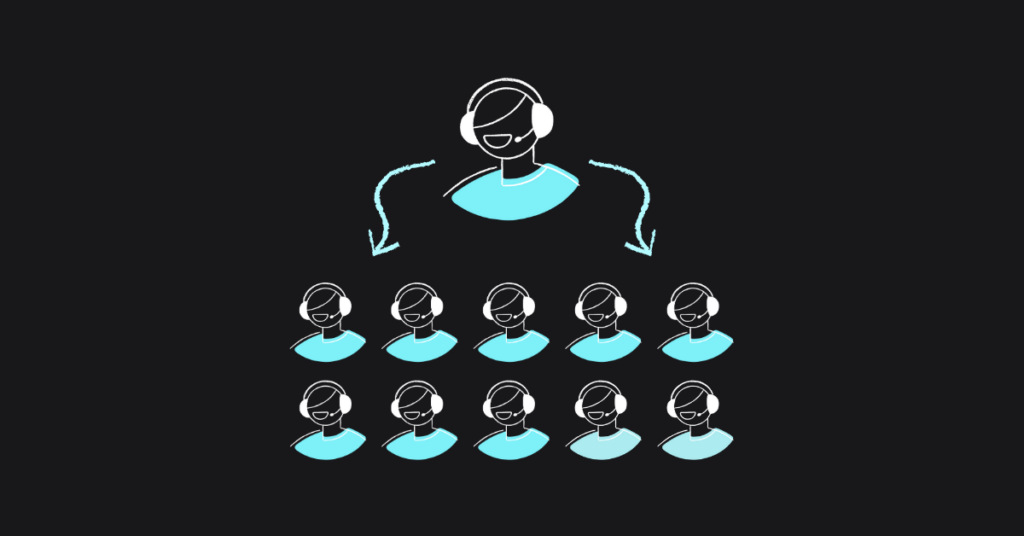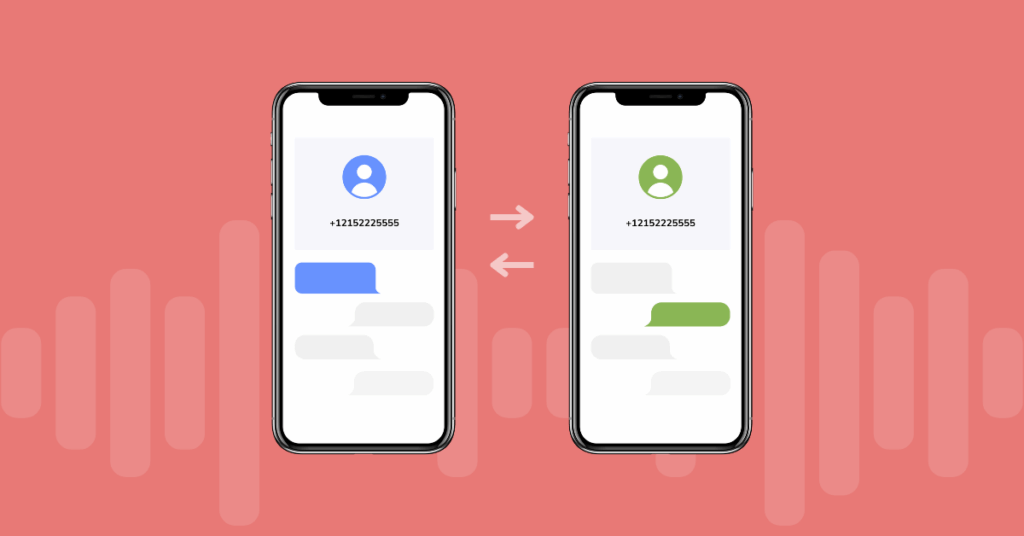
Table of contents
Risk management is a process of identifying, assessing, prioritizing and mitigating the risks to a system. Business organizations conduct risk management activities regularly to evaluate both internal and external threats. You can perform risk assessments for the organization as a whole or for individual subsystems. It’s a good idea to identify and assess the risks before implementing any new technology or project.
The overall risk to a particular system depends on many factors including the number and type of threats, how critical it is to the organization, the value of the underlying assets etc. Some organizations focus on protecting their most important assets first. Others prioritize threats by the severity of consequences. The methodology you use is not as important as having a risk management strategy in place.
VoIP systems are no exception to the rule and are subject to a variety of risk factors. Cyber security has been gaining a lot of attention recently and organizations are realizing the importance of protecting their VoIP systems. However security threats are not the only risks to your phones. The first step in risk management is to identify all the potential risks to the system.
Identifying Risks to Your VoIP System
Every VoIP system consists of a combination of hardware and software. Even if you purchase hosted services from a provider, you still have to protect the network infrastructure and desk phones. If you have an on premise SIP deployment, you have more equipment to manage. One major category of risks are threats that target physical equipment. These risks include hardware failure, natural disasters, vandalism, theft, mishandling etc. Organizations are used to managing these type of risks with other assets. You can include VoIP systems in the risk mitigation plans that cover them as well.
Another category of risks that is gaining prominence is social threats. Rather than focus on breaking an organization’s technical defenses, attackers may choose to target the human element. Any system is only as strong as its weakest link and unfortunately, users are often that link. Attackers can use information about the company that is freely available on social media to misrepresent themselves as legitimate users. An example of this is phishing emails that attempt to get users to divulge sensitive information. VoIP systems are just as vulnerable as other software and enterprise tools to these threats.
VoIP systems also subject to risks that are unique to the technology. For instance, eavesdropping on VoIP calls is much easier when compared to PSTN calls. Attackers can intercept calls between two entities and hijack the conversation. Criminals can even alter the contents of messages or impersonate legitimate users and gain access to critical networks. Since VoIP is based on Internet protocols, it is subject to the same type of threats as other IP enabled applications. Hackers can attack systems and interrupt the service, preventing legitimate users from accessing company resources. While websites are the most common targets, VoIP systems are subject to denial of service attacks as well.
Managing and Mitigating the Risks
The next step after identifying risks is to implement strategies to mitigate them. The goal of mitigation is not to bring the risk factor to zero but rather to manage and keep them to acceptable levels. The advantage of grouping risk factors is that you can develop plans to mitigate them together. For instance, putting a lock on the VoIP hardware room can mitigate the risk of theft, vandalism and unauthorized access at once. Purchasing insurance for computing equipment can protect against natural disasters and theft at the same time.
Social threats are much harder for organizations to deal with since it involves changing human behavior. There are some tools that can help mitigate these threats after the system has been breached. However the best protection is to prevent such incidents from happening in the first place. Mitigating this type of risks requires long-term initiatives such as user education and training. Such awareness programs take a long time to pay off and so many organizations are unwilling to invest in them.
The third category of risks are those which are unique to VoIP systems. It is difficult to protect against denial of service attacks but there are companies that have developed unique solutions. You can purchase DDoS protection from such vendors. Encrypting all your VoIP traffic can protect against eavesdropping, packet capture and man in the middle attacks as well. Adding encryption can impose additional bandwidth constraints and marginally slowdown traffic. However the benefits are well worth the sacrifices. Installing the latest security updates and patches and using antivirus tools regularly will go a long way in protecting your phone systems.
As you can see, the only way to eliminate risk is to avoid the Internet altogether. Unfortunately that is almost impossible for any business organization today. So risk management is essential to identifying and mitigating the risks before they can disrupt business operations.
Read this post in: Polski
More from the blog
Want to improve your business communication?
Unlock enterprise-class call center power at affordable prices – no hardware, no delays, no surprises!






